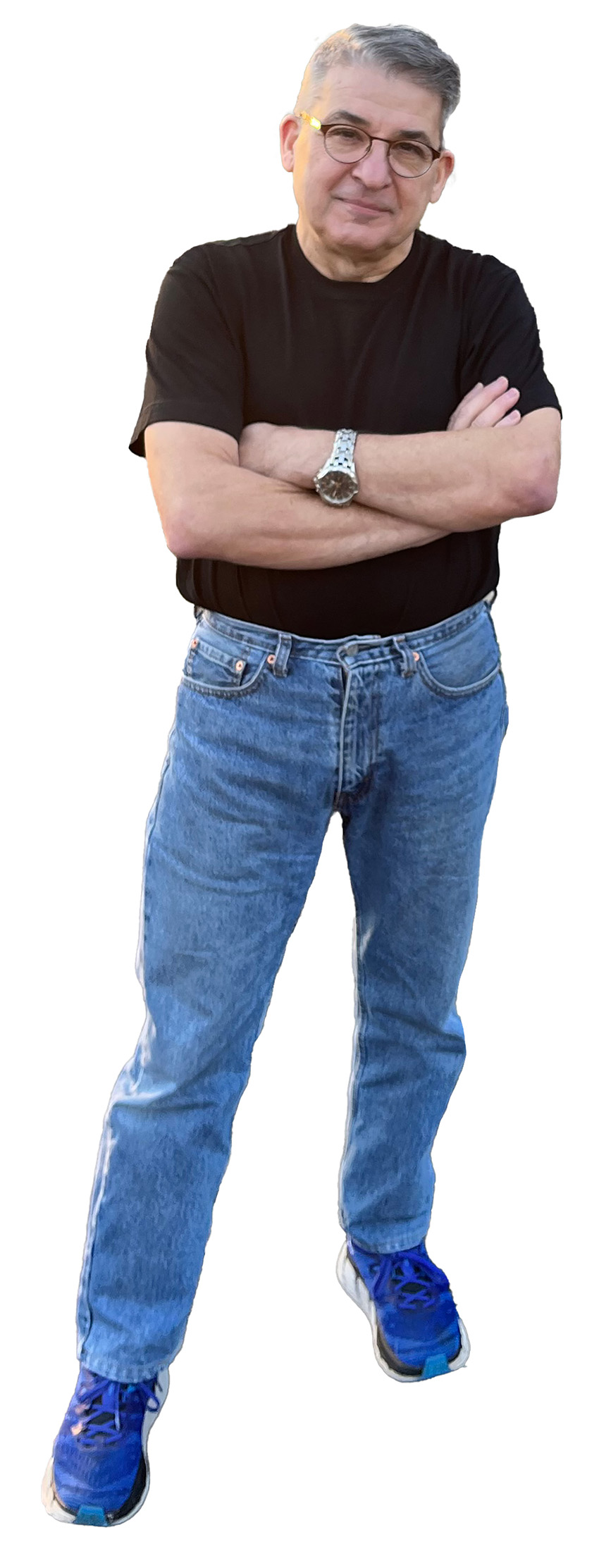By Steven Scalici, P.E., M.ASCE
I wish I’d known at the outset of my engineering career how much there was to know and how much I would keep learning through the decades of being a civil engineer.
Looking back, my career followed the strata of behaviorist Abraham Maslow’s famed 1950s hierarchy of needs, which like a pyramid starts at the bottom with the widest, most basic physiological requirements and progresses through safety needs, social well-being, self-esteem, and ultimately reaches the pinnacle of self-actualization.

During my first decade, finding employment was critical. In those years, I recrafted my college pedagogy into a toolbox of methodologies and procedures, mistakes and amendments, analytical skills, and other tricks of the civil engineering trade I would use continuously.
Turning 30, I moved beyond the safety of running numbers and started leading small-team assignments and honing my communication skills. I learned to not take supervisory critiques personally and to treat younger staff members with respect and offer firm guidance because I had once been like them.
I practiced overcoming a fear of public speaking, starting with small meetings, then moving to larger groups. It was a stressful but rewarding second decade in moving up the Maslow pyramid.
Lightning struck in my 40s, by which time I had become a solid professional, whose work was requested by clients — fulfilling that sense of accomplishment noted by Maslow. Even when I knew almost nothing about a topic, I was willing to work long shifts to master new skills.
I still ran lots of numbers, but by the luck of channel-surfing I came across a forward-looking TV program about computer simulation that would fundamentally change the conduct of work in the engineering industry. I knew immediately to embrace the coming changes.
In the aftermath of 9/11, my work refocused around rebuilding efforts and acquiring and using the simulation software tools to envision functional designs before they were built — something unheard of back then. The large firm where I worked at that time made the investments that allowed me to move up Maslow’s hierarchy toward creativity and deep problem-solving while not shying away from any of the more difficult aspects of work.
As I approached retirement, the simulation tools I once found so visionary were almost commonplace. But I made sure to assign my staff to projects that enabled them to use tools that would help them follow their own journeys along Maslow’s pyramid, moving ever closer to their own self-actualization.
Steven Scalici, P.E., M.ASCE, retired from STV Inc. as a senior associate in April 2018.
This article first appeared in the March/April 2024 print issue of Civil Engineering as “Wish I’d Known.”



